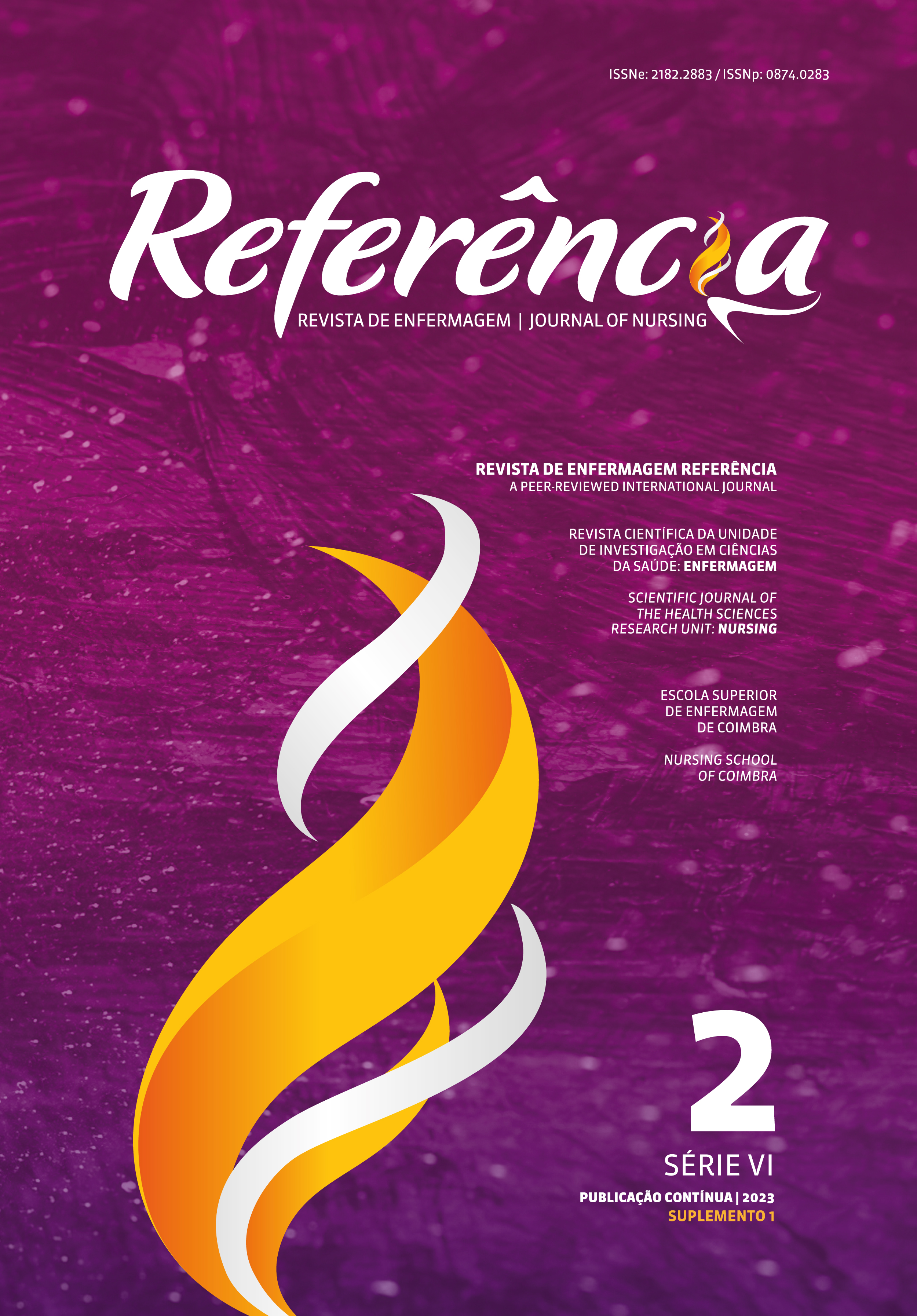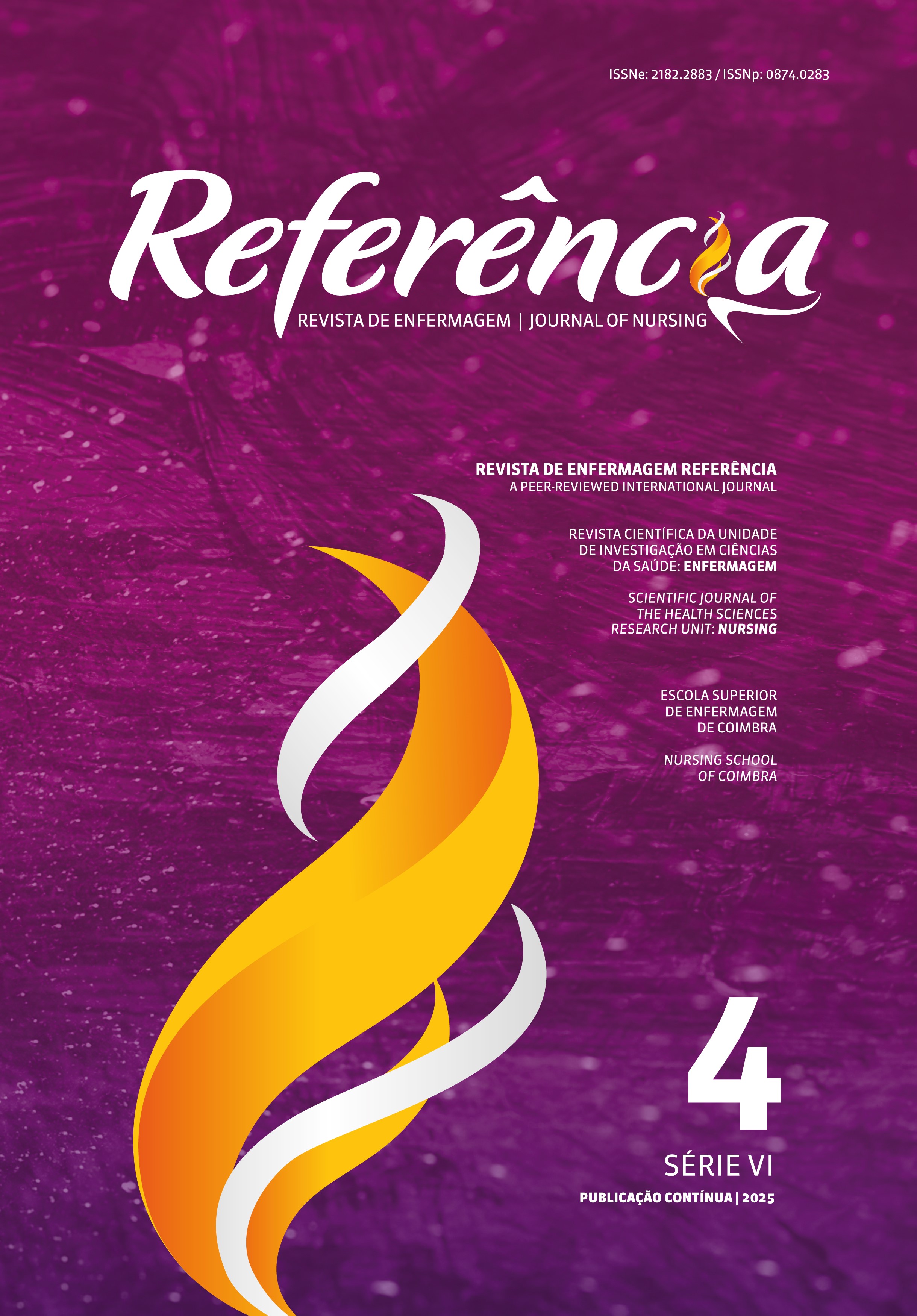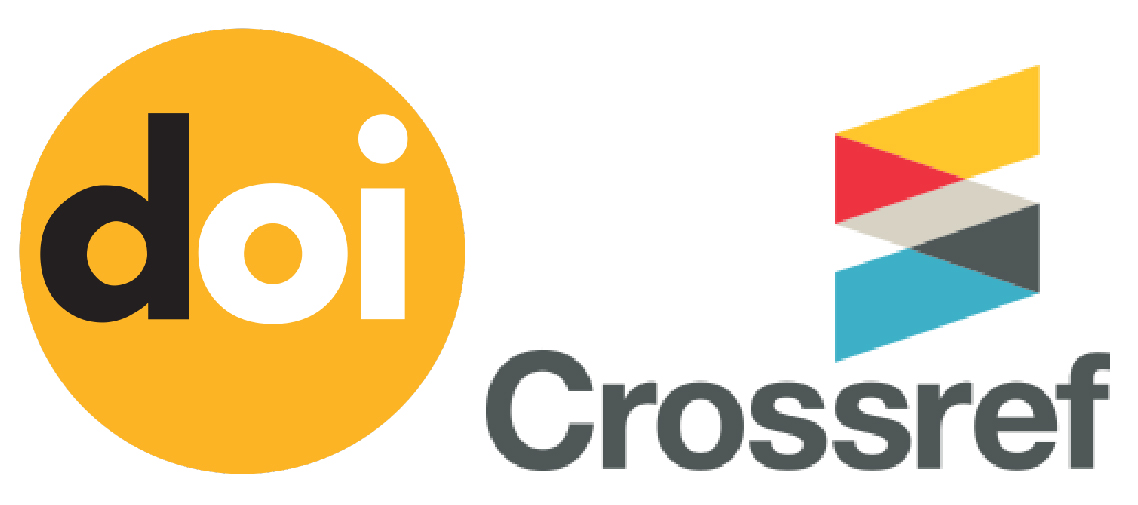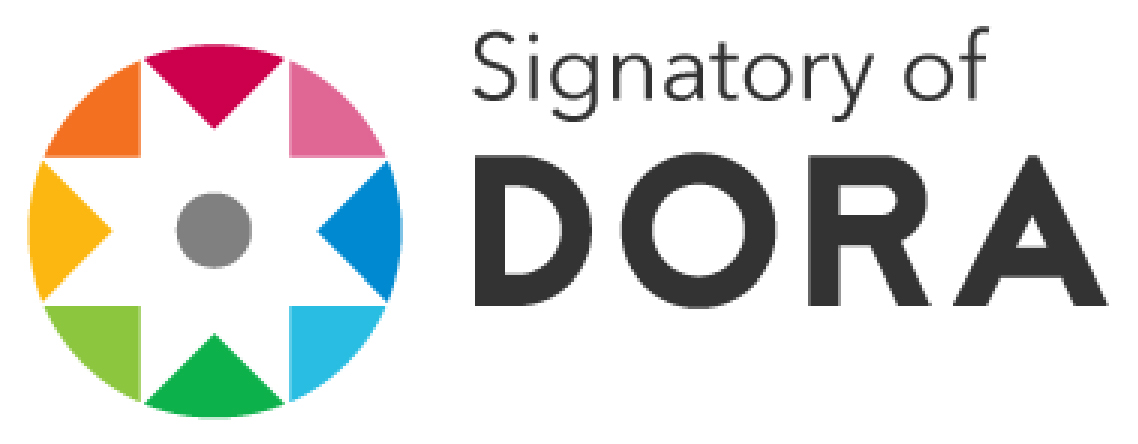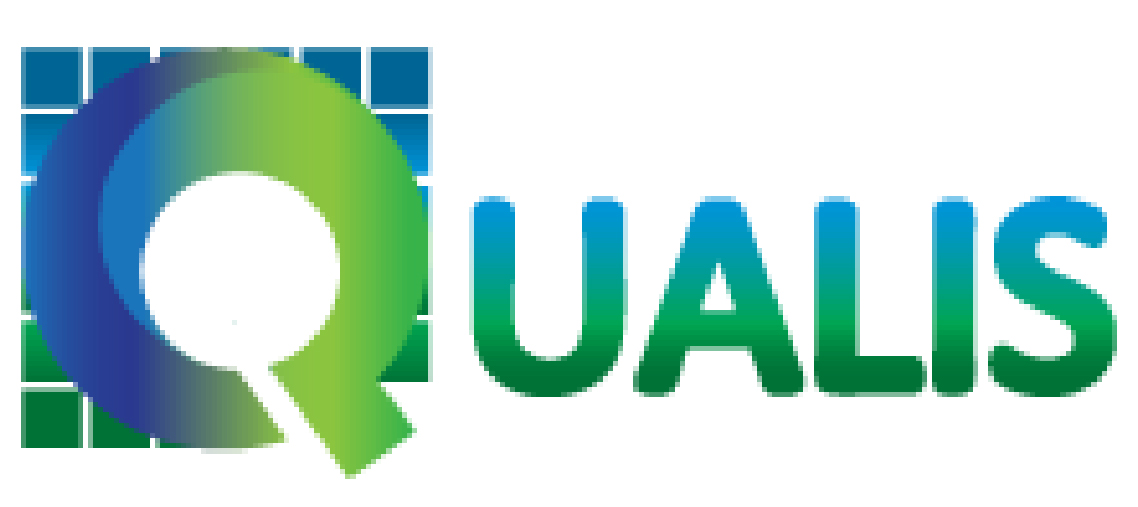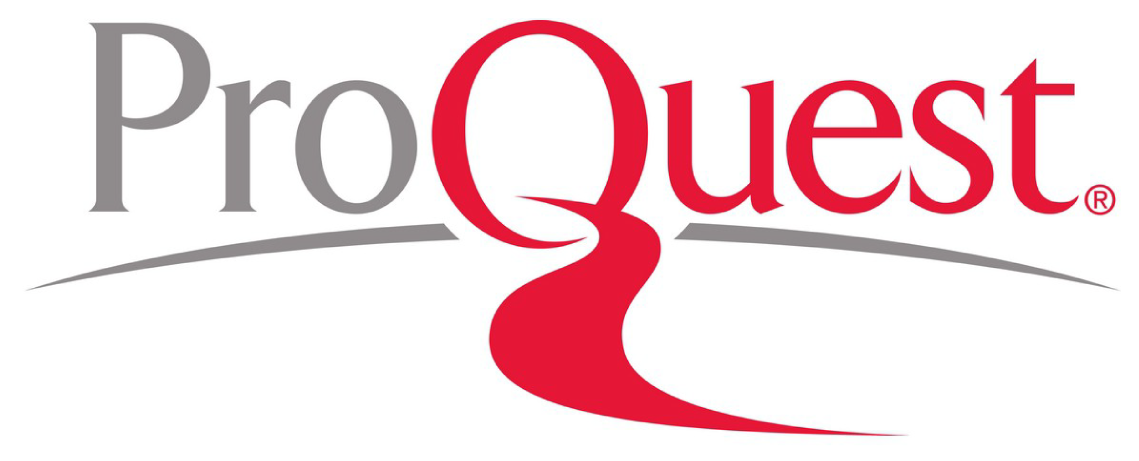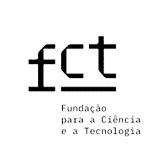Consumo das principais substâncias psicoativas em tempos de pandemia COVID-19 nos estudantes do ensino superior
DOI:
https://doi.org/10.12707/RVI22031Palavras-chave:
substâncias psicoativas, estudantes, ensino superior, COVID-19Resumo
Enquadramento: A população estudantil do ensino superior tem especial risco de consumo e abuso de substâncias psicoativas.
Objetivo: Analisar o consumo das principais substâncias psicoativas nos estudantes do ensino superior e a sua relação com as variáveis sóciodemográficas e com o surgimento da pandemia COVID-19.
Metodologia: Estudo analítico, observacional e transversal. Dados recolhidos por questionário aplica do após o primeiro semestre do ano letivo 2020/2021, na população de 8875 estudantes do Instituto Politécnico de Bragança em Portugal. Amostra de 825 estratificada para cada uma das cinco escolas.
Resultados: Álcool e tabaco são as mais consumidas e de forma abusiva pela prática de binge drinking/smoking. Os medicamentos psicoativos e as drogas recreativas são menos consumidos. Os consumos são afetados pelas variáveis sociodemográficas: sexo, idade, escola, portadores de doença crónica, escolaridade e profissão dos pais. Durante a pandemia COVID-19, os estudantes percecionaram aumento dos consumos exceto o álcool.
Conclusão: O consumo de substâncias psicoativas pelos estudantes do ensino superior é afetado pelas variáveis sociodemográficas e pela pandemia COVID-19.
Downloads
Referências
Ahluwalia, I. B., Arrazola, R. A., Zhao, L., Shi, J., Dean, A., Rainey, E., Palipudi, K., Twentyman, E., & Armour, B. S. (2019). Tobacco use and tobacco-related behaviors: 11 countries, 2008-2017. Morbidity and Mortality Weekly Report, 68(41), 928–933. https://doi.org/10.15585/mmwr.mm6841a1
Anes, E., & Antão, C. (2018). Consumo de tabaco, álcool e drogas em jovens estudantes. INFAD Revista de Psicología, 2(1), 133. https://doi.org/10.17060/ijodaep.2018.n1.v2.1189
Anic, G. M., Sawdey, M. D., Jamal, A., & Trivers, K. F. (2018). Frequency of use among middle and high school student tobacco product users: United States, 2015–2017. Morbidity and Mortality Weekly Report, 67(49), 1353–1357. https://doi.org/10.15585/mmwr.mm6749a1
Arbour, L., Bém, P., Branson, R., Cattaui, M., Cardoso, F. H., Clark, H., Clegg, N., Dreiffus, R., Elbaradei, M., Gaviria, C., Grover, C., Kazatchkine, M., Kwasniewski, A., Lagos, R., Motlanthe, K., Obasanjo, O., Papandreou, G., Ramos-Horta, J., Sampaio, J., …Uteem, C. (2019). Classificação de substâncias psicoativas: Quando a ciência foi deixada para trás: Relatorio 2019. Comissão Global de Politica sobre Drogas. http://www.globalcommissionondrugs.org/wp-content/uploads/2019/06/2019Report_POR_web.pdf
Bento, M. C., Barroso, T., Ferreira, Teresa Rodrigues Henriques, C., Pimentel, H., Ramos, L., Rosa, A., & Vinagre, M. (2021). Com portamentos de saúde e bem-estar dos estudantes do ensino superior politécnico: Um diagnóstico a partir da perspetiva dos estudantes. Conselho Coordenador dos Institutos Superiores Politécnicos. https://ccisp.pt/wp-content/uploads/2021/06/Relatorio-Saude-1.pdf
Cancer Institute of New South Wales in Australia(2022). Effects of smoking. https://www.icanquit.com.au/reasons-to-quit/smoking-and-your-health/social-smoking-and-binge-smoking
Chelieh, M., Kadhum, M., Lewis, T., Molodynski, A., Abouqal, R., Belayachi, J., & Bhugra, D. (2019). Mental health and wellbeing among Moroccan medical students: A descriptive study. International Review of Psychiatry, 31(7–8), 608–612. https://doi.org/10.1080/09540261.2019.1675276
Curran, C. P., & Marczinski, C. A. (2017). Taurine, caffeine, and energy drinks: Reviewing the risks to the adolescent brain. Birth Defects Research, 109(20), 1640–1648. https://doi.org/10.1002/bdr2.1177
European Monitoring Centre for Drugs and Drug Addiction.(2020). European Drug Report: Trends and Developments https://www.emcdda.europa.eu/system/files/publications/13236/TDAT20001ENN_web.pdf
Fein, G., Price, M., & Cardenas, V. A. (2018). Borderline personality disorder symptoms in treatment-naïve actively drinking alcoholics. Alcohol, 68, 81–89. https://doi.org/10.1016/j.alcohol.2017.10.005
Font-Mayolas, S., Hernández-Serrano, O., Gras, M. E., & Sullman, M. J. (2019). Types of polydrug use among Spanish students in health sciences. Journal of Addictions Nursing, 30(2), 108–113. https://doi.org/10.1097/JAN.0000000000000274
Görgülü, Y., Çakir, D., Sönmez, M. B., Köse Çinar, R., & Vardar, M. E. (2016). Alcohol and psychoactive substance use among university students in edirne and related parameters. Noropsikiyatri Arsivi, 53(2), 163–168. https://doi.org/10.5152/npa.2015.9907
Jodczyk, A. M., Kasiak, P. S., Adamczyk, N., Gebarowska, J., Sikora, Z., Gruba, G., Mamcarz, A., & Sliz, D. (2022). PaLS study: Tobacco, alcohol and drugs usage among Polish University students in the context of stress caused by the COVID-19 pandemic. International Journal of Environmental Research and Public Health, 19(3),1261. https://doi.org/10.3390/ijerph19031261
Lyons, Z., Wilcox, H., Leung, L., & Dearsley, O. (2020). COVID-19 and the mental well-being of Australian medical students: Impact, concerns and coping strategies used. Australasian Psychiatry, 28(6), 649-652. https://doi.org/10.1177/1039856220947945
Molina, P. E., Nelson, S., & Molina, P. E. (2018). Binge drinking’s effects on the body. Alcohol Research: Current Reviews, 39(1), 99–109. https://www.ncbi.nlm.nih.gov/pmc/articles/PMC6104963/pdf/arcr-39-1-e1_a12.pdf
Neicun, J., Yang, J. C., Shih, H., Nadella, P., van Kessel, R., Negri, A., Czabanowska, K., Brayne, C., & Roman-Urrestarazu, A. (2020). Lifetime prevalence of novel psychoactive substances use among adults in the USA: Sociodemographic, mental health and illicit drug use correlates: Evidence from a population-based survey 2007–2014. PLoS ONE, 15(10), 0241056. https://doi.org/10.1371/journal.pone.0241056
Nielsen, S. (2017). Non-medical and illicit use of psychoactive drugs. Spinger International. https://doi.org/10.1332/030557311X574234
Observatório Europeu da Droga e da Toxicodependência. (2020). Relatório europeu sobre drogas: Questões-chave 2020. https://www.emcdda.europa.eu/system/files/publications/13238/TD0420439PTN.pdf
Stanton, R., To, Q. G., Khalesi, S., Williams, S. L., Alley, S. J., Thwaite, T. L., Fenning, A. S., & Vandelanotte, C. (2020). Depression, anxiety and stress during COVID-19: Associations with changes in physical activity, sleep, tobacco and alcohol use in Australian adults. International Journal of Environmental Research and Public Health, 17(11), 1–13. https://doi.org/10.3390/ijerph17114065
Subeliani, D., Otiashvili, D., Kutelia, L., Beselia, A., Mgebrishvili, T., Vardanashvili, I., & Kirtadze, I. (2019). Patterns of use of new psychoactive substances and perceived benefits and negative effects: Results of online survey in Georgia (country). Journal of Substance Use, 25(3), 324-329, https://doi.org/10.1080/14659891.2019.1692927
Tarren, J. R., & Bartlett, S. E. (2017). Alcohol and nicotine interactions: Pre-clinical models of dependence. American Journal of Drug and Alcohol Abuse, 43(2), 146–154. https://doi.org/10.1080/00952990.2016.1197232
Wechsler, H., & Nelson, T. F. (2001). Binge drinking and the american college students: What’s five drinks? Psychology of Addictive Behaviors, 15(4), 287–291. https://doi.org/10.1037/0893-164X.15.4.287

